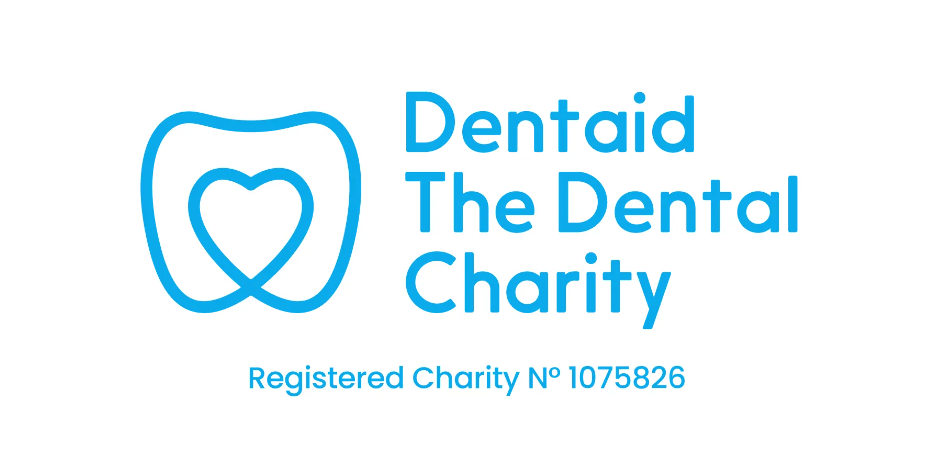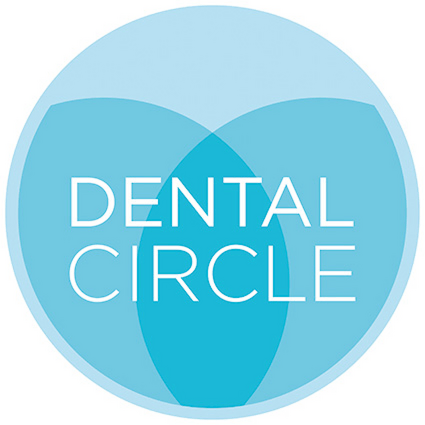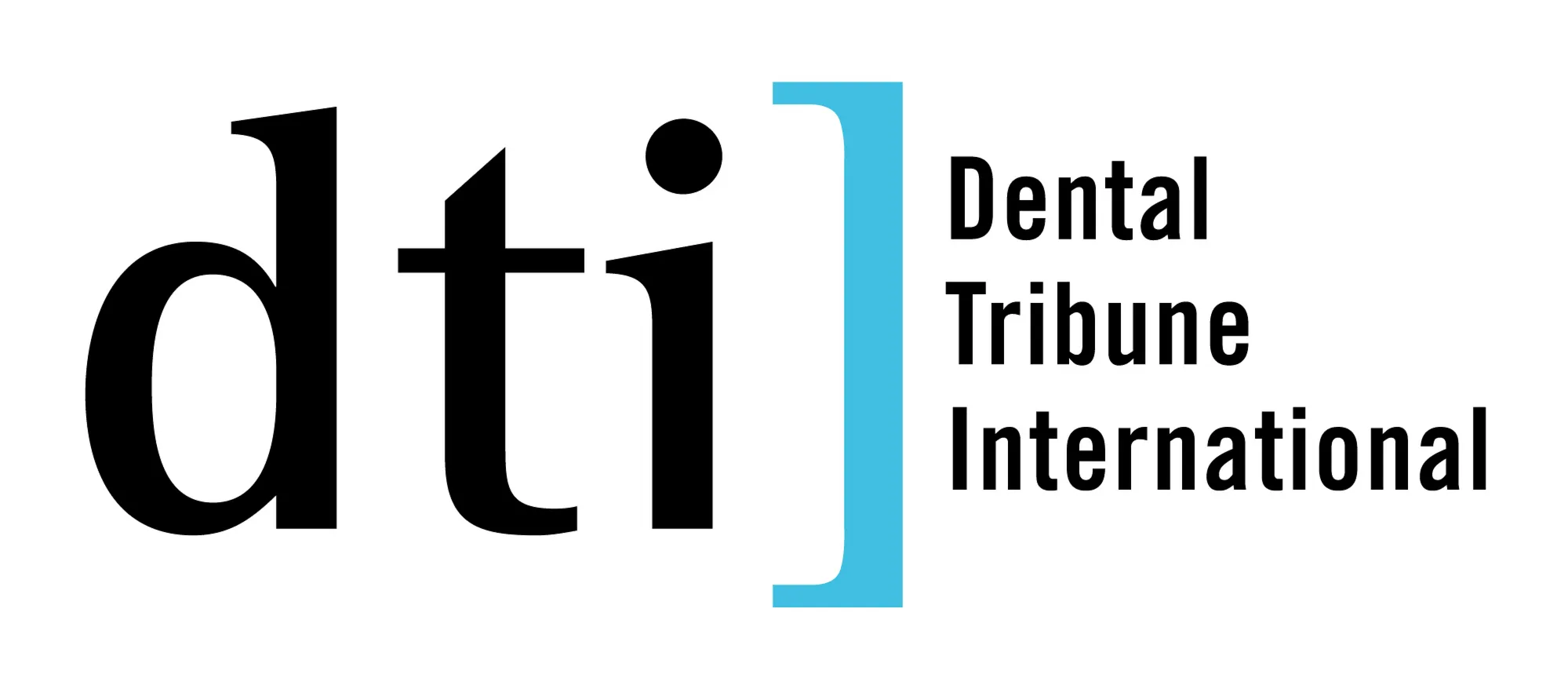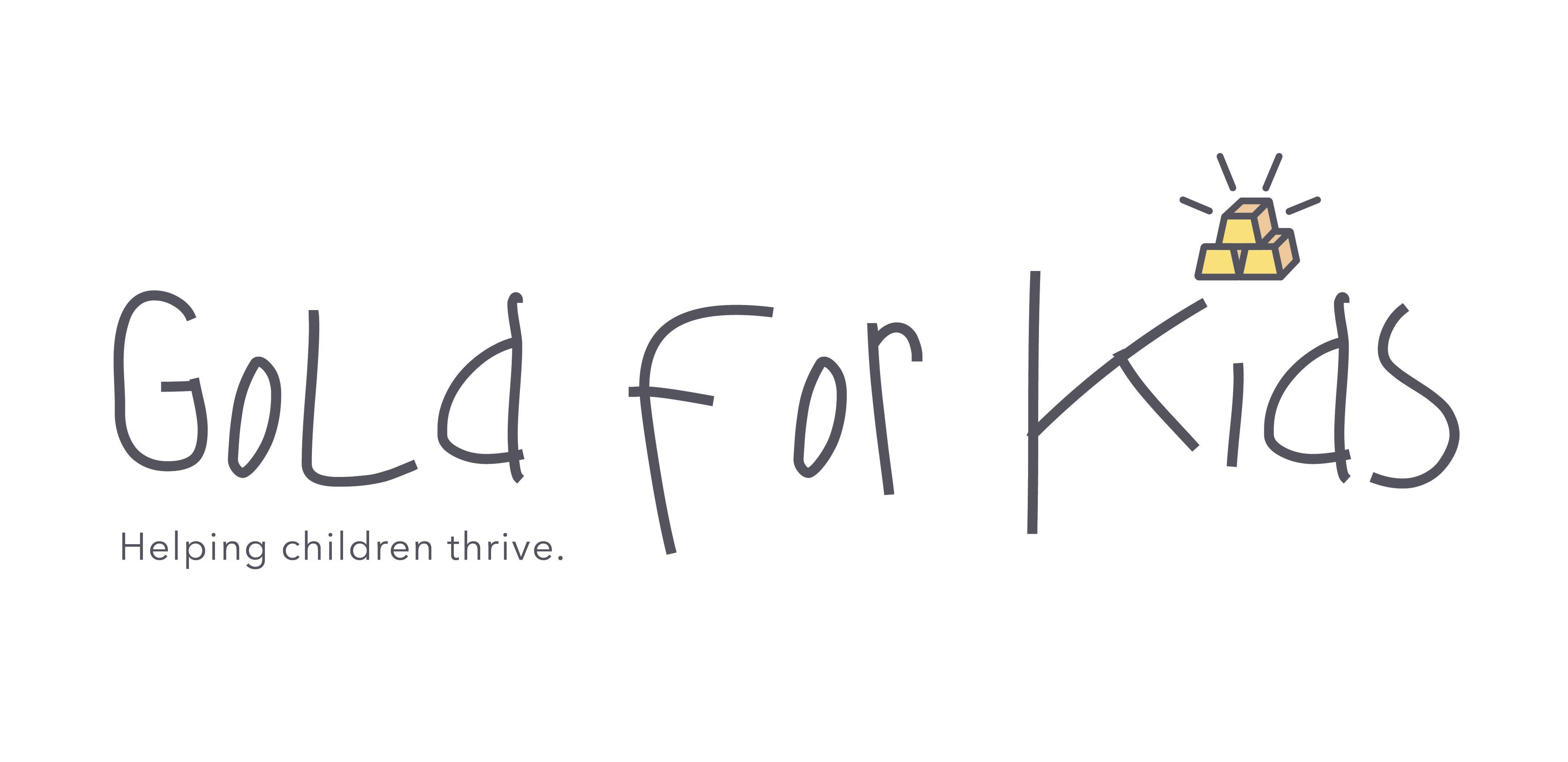A modern look at CBCT
)
Dr Simon C Harvey, consultant in dental and maxillofacial radiology at the Eastman Dental Hospital, will be giving a modern overview of CBCT during his speaking session at this year’s British Dental Conference & Dentistry Show (BDCDS), taking place on the 12th and 13th May at the NEC in Birmingham.
Specialist in dento-alveolar CBCT and co-designer of the BDA’s CBCT Masterclass, Simon’s lecture at BDCDS will take a practical look at CBCT doses and provide clinicians with helpful advice on how to integrate CBCT into all areas of dental practice. ‘I’ll be looking at a modern imaging practice for all dentists. I want to have a look at what we’ve done historically, what we’re doing right now, and perhaps what we’re going to do in the future. We’re all pretty familiar with the intraoral views that we often do, but wouldn’t it be amazing if we could look at some of those newer techniques and see how clinicians can fit them into their practice? Things like 3D imaging techniques, which are predominantly CBCT. I’ll be showing how we can integrate these techniques into everyone’s practice, and essentially why cone beam is no longer only the preserve of dental hospitals and specialists. Cone beam is incredibly versatile and is great for things like trauma, endodontics, implants, impaction – either orthodontic impaction or oral surgery impaction. So whether you’re starting out as a foundation dentist, whether you’re an experienced associate, a principal, whether you work in a hospital, wherever you are in your practice, I’d like you to think about how cone beam can fit into your practice if you’re not already using it. I’ll even be showing a few cases where cone beam CT can be integrated into the NHS fee schedule. You might think that’s not possible, but hopefully I’ll show you the cases where I think it could be reasonable, and how it can really improve what clinicians are doing.’
The impact that cone beam computed tomography has had on dentistry is undeniable. By instantly providing clinicians with a detailed 3D view of the teeth, surrounding soft tissue, airway and bone, CBCT has massively improved diagnostics and treatment planning in dentistry, as well as saving huge amounts of clinical time and improving patient experience. ‘Cone beam is probably the biggest gamechanger in dental imaging in the last 30 years or so. Not to quote a cliché, but it’s given us that extra third dimension. It really has pushed dental imaging on, and its benefits are huge. I don’t know if people realise the really exciting thing about cone beam CT, which is that unlike some of our other imaging methods, cone beam is only going to get better. We’re not at the peak of the technological curve yet with cone beam CT. Its benefits are ever-growing, and each year we’re getting more and more research out.’
One issue that CBCT has faced until now is the presence of artefacts which could potentially interfere with the diagnostics process. However, the rapid evolution of CBCT technology means that artefacts are no longer likely to be an issue in modern CBCT. ‘Those of you already using cone beam CT probably already realise that artefacts are a bit of a problem. With the next generation of machines, the image quality is only going to get better. The new machines will have advanced, reconstructed algorithms which are going to reduce, minimise, and even eliminate those artefacts. So we’re going to get better pictures with fewer artefacts, all while keeping those doses really low. And that’s the really exciting thing about cone beam, the technological advances are still coming.’
Outside of cone beam, there are also a number of other technological advances pushing dentistry forwards, notably the introduction of AI technology. ‘For me as a radiologist, the biggest new development in dentistry right now is AI. It’s really exciting and I think everyone can already see the potential of it. Obviously, most people have heard of ChatGPT, or if not, your kids will have heard of it. And some of you will have had a play on it and seen how amazing this technology is. We’ve essentially got this algorithm that is learning all the time and giving really coherent answers to relatively obscure questions. And we’re doing the same thing when we’re translating this into healthcare. People all look different in a skeletal sense. We’ve all got slight anatomical variations. So we’re going to give the AI systems loads of data, and we’re going to teach it to recognise what is normal, and what’s not normal. Some of you will know there are a couple of AI systems out in dentistry already. The ones I’ve seen I don’t think are really fit for clinical use yet. They’re quite basic, they make regular misses. We need to get a system that’s getting over 99% accuracy. It’s got to be something that’s better than humans. At the moment, there are a few big tech companies that are just on the cusp of releasing their software. It will be interesting to see who’s in the dental market, and who’s got a really rounded, viable system for dentistry. It’s going to be amazing to see how we all respond to that as clinicians, and how we accept it and integrate it into our practice.’
As well as sharing his CBCT expertise with delegates during his lecture, Simon is also looking forward to the social aspect of attending BDCDS. ‘I think the biggest thing I’m looking forward to, and I mean this honestly, is the face-to-face contact. It’s going to be seeing people, rather than just broadcasting. When you’ve got that computer-to-human interaction, it’s so limited, and you just feel like you’re talking to pixels. Actually being there in a lecture theatre, really teaching people and engaging with people, it’s great. I’m also looking forward to the trade show itself. It’s going to be amazing to see what’s going on with the industry, especially because we’ve had this enforced break for a while. I really feel like now we’re in 2023, we’re out of the worst times, and it should be a really good show. It will be great to see manufacturers, dental colleagues, and just see who’s doing what.’
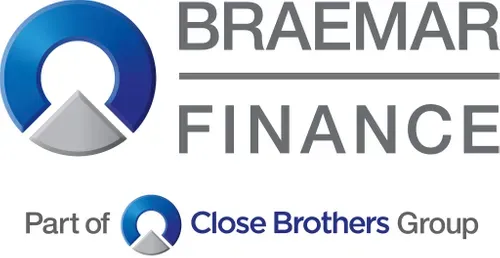

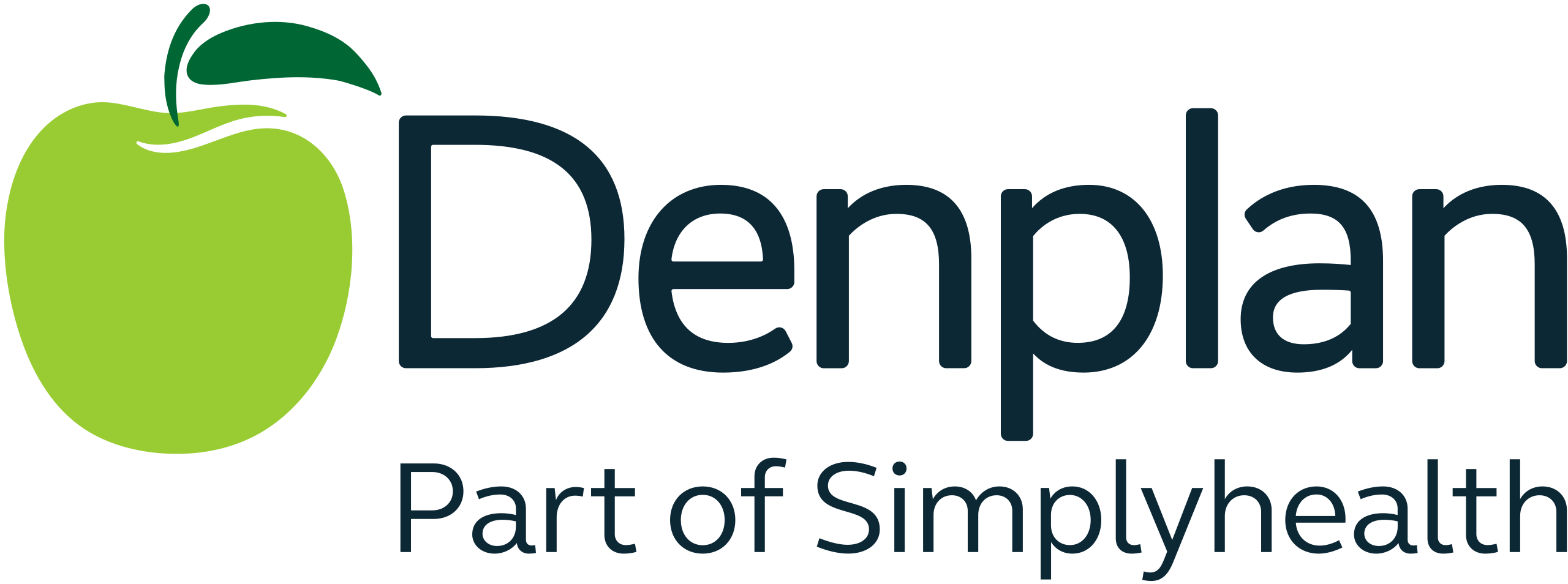
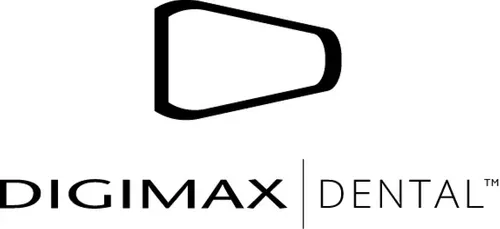


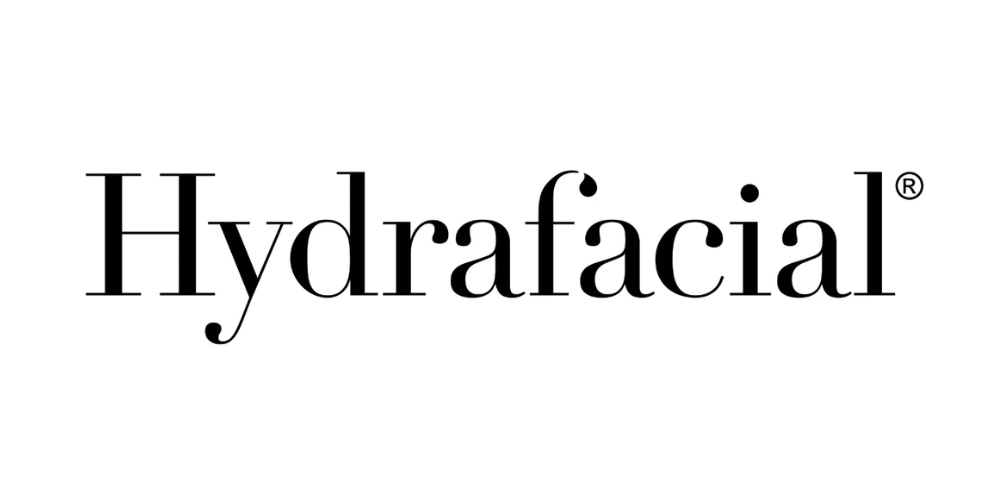
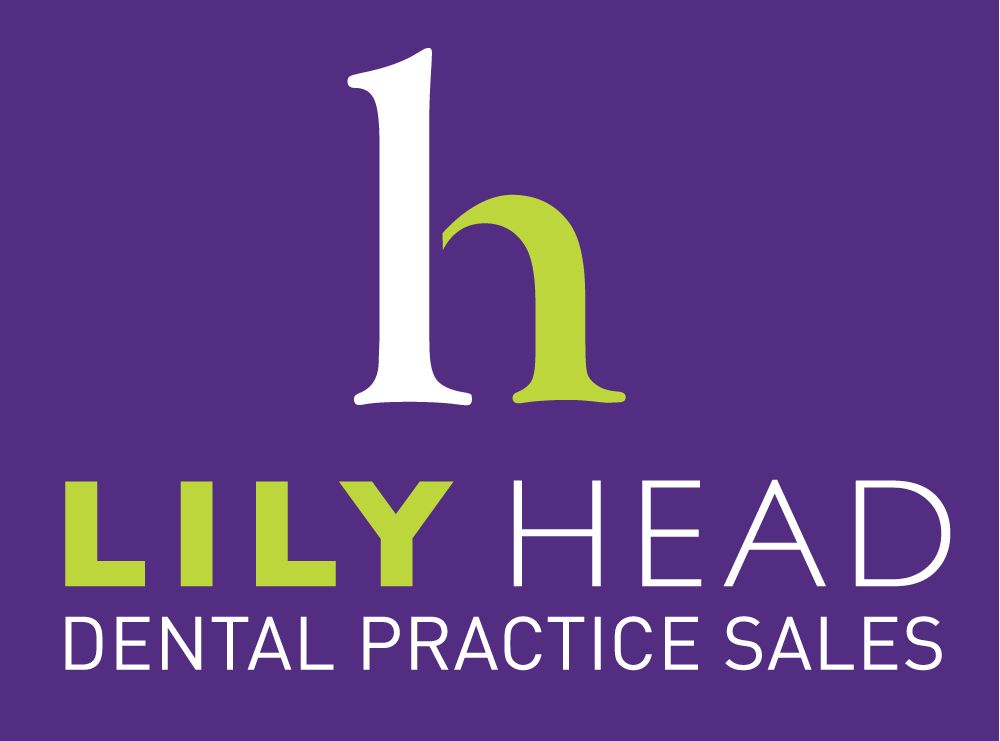




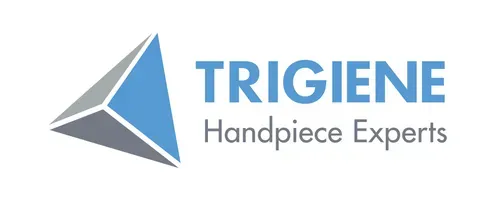


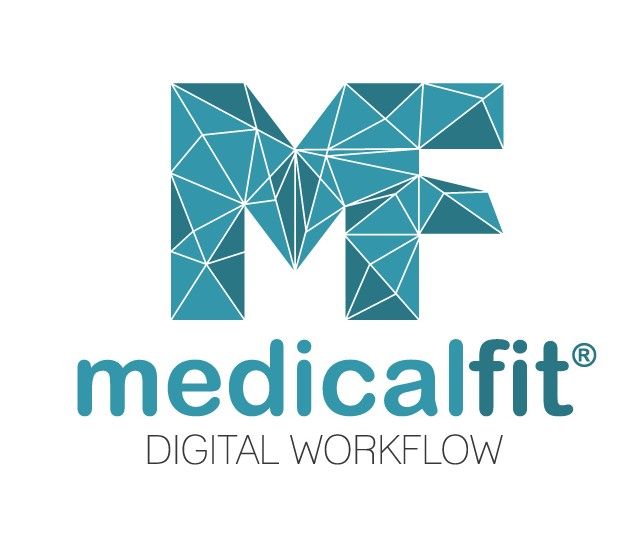


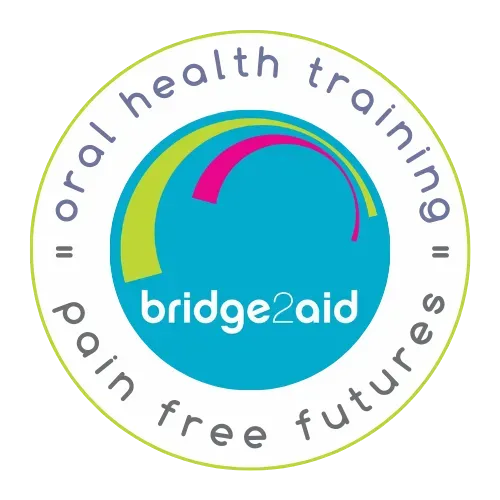
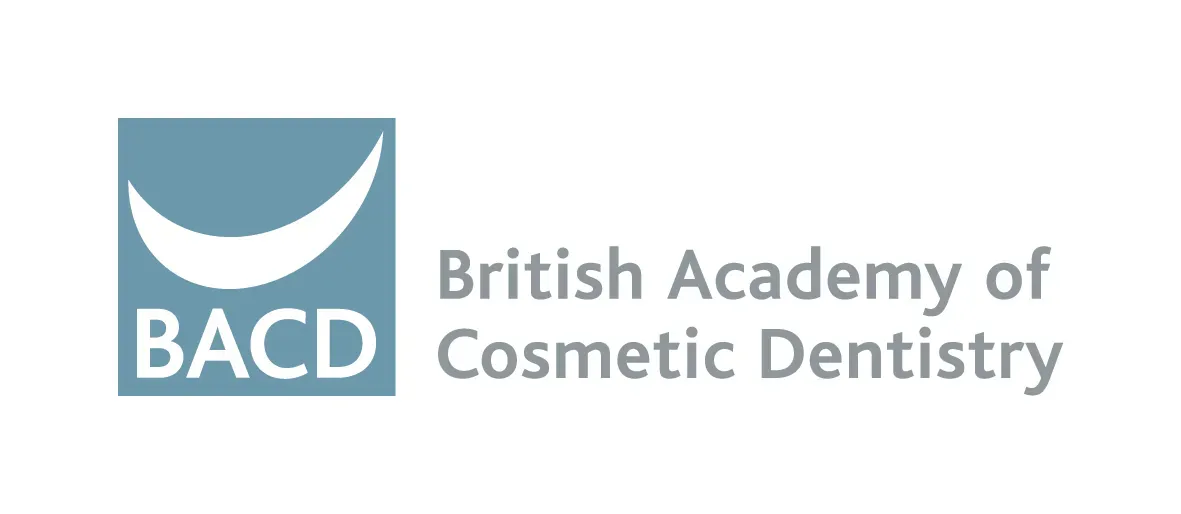
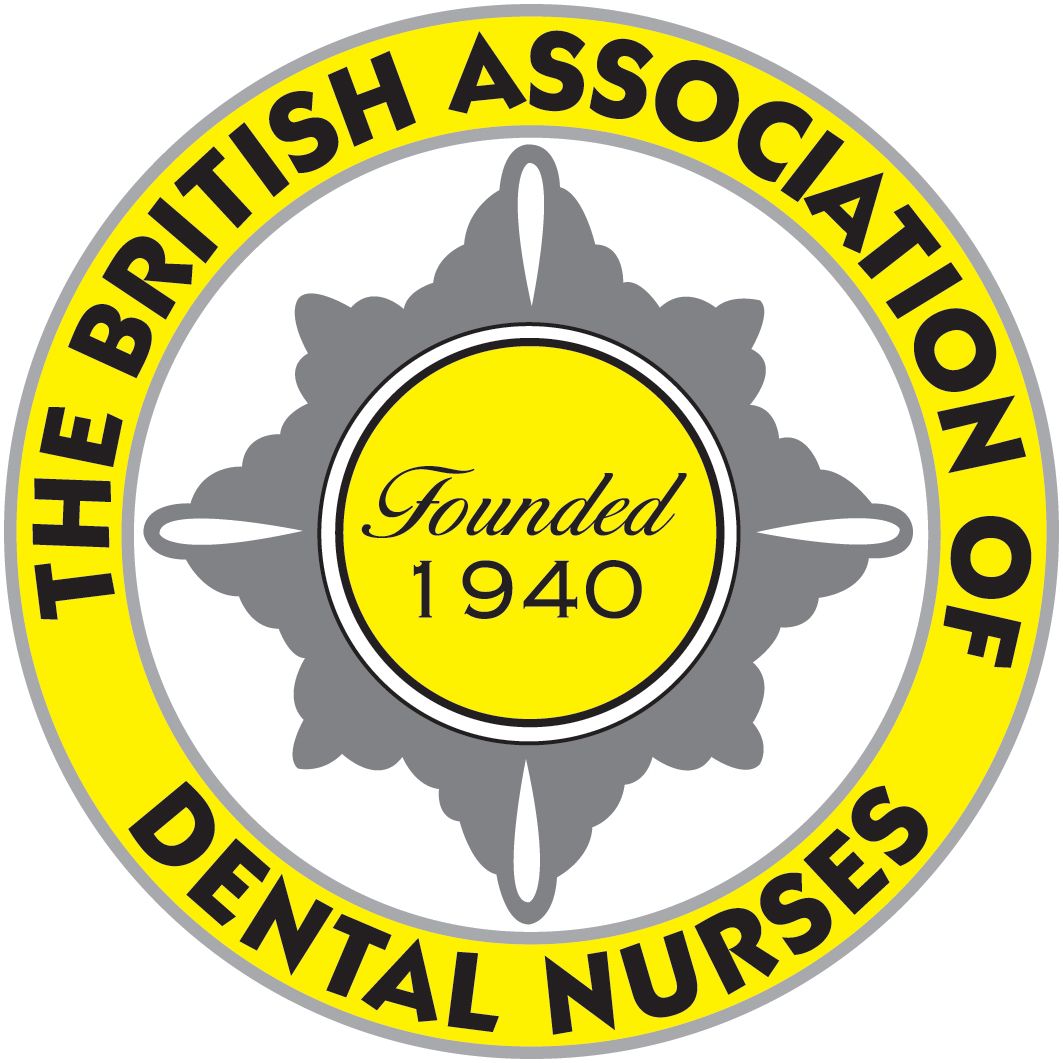
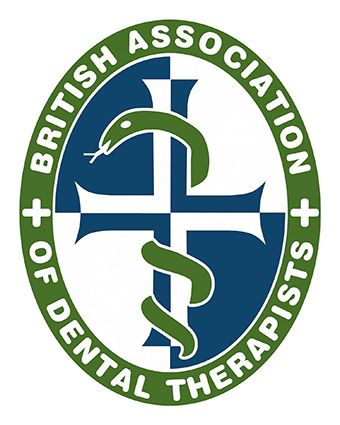
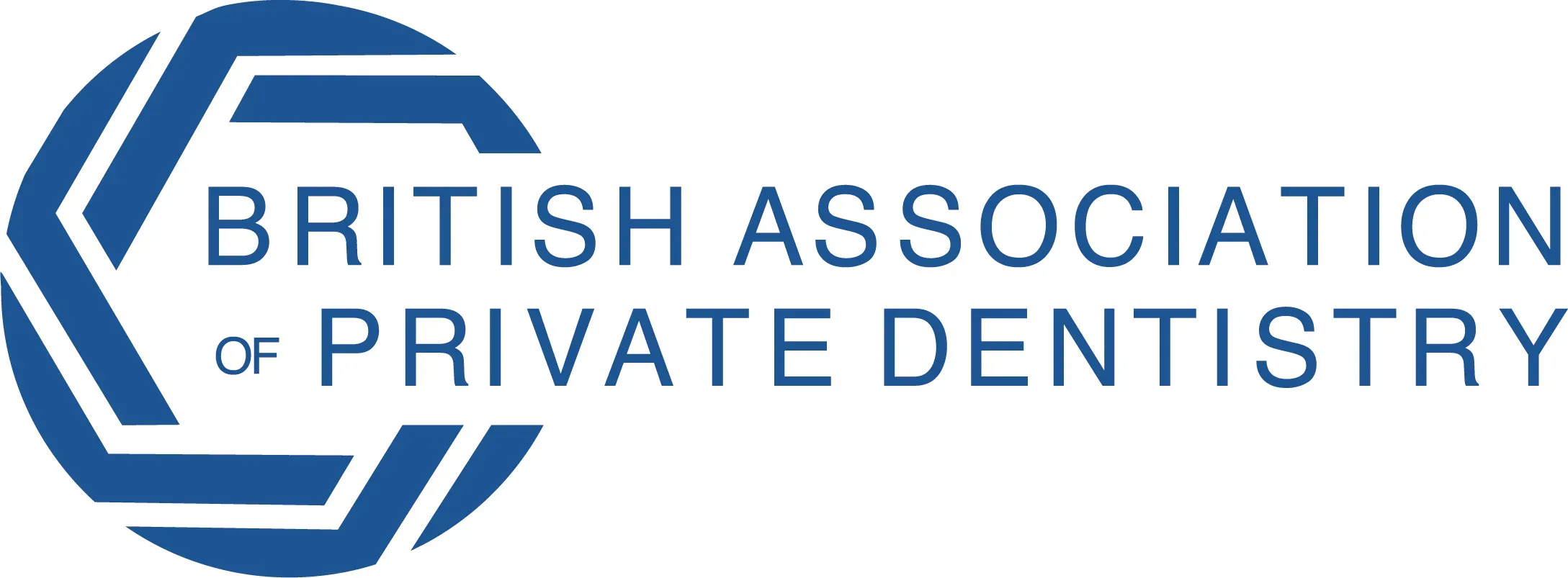
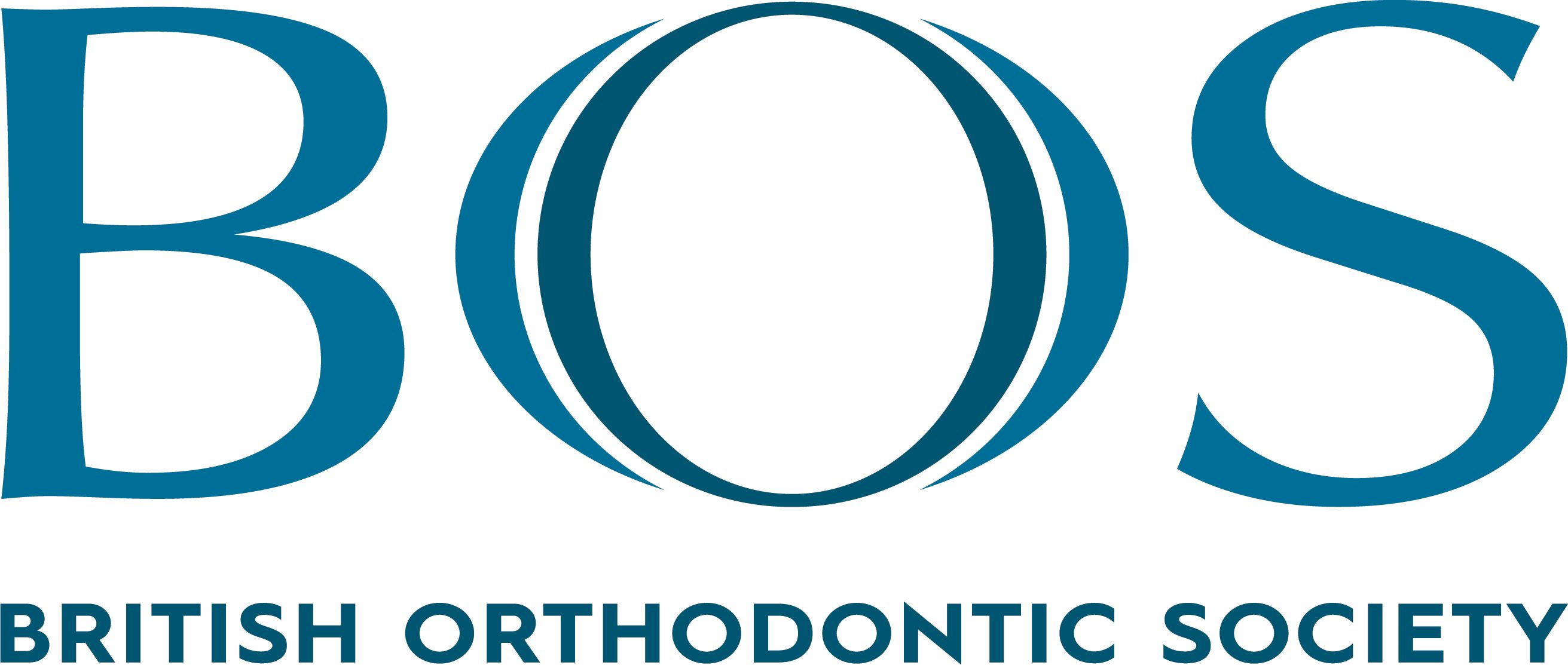
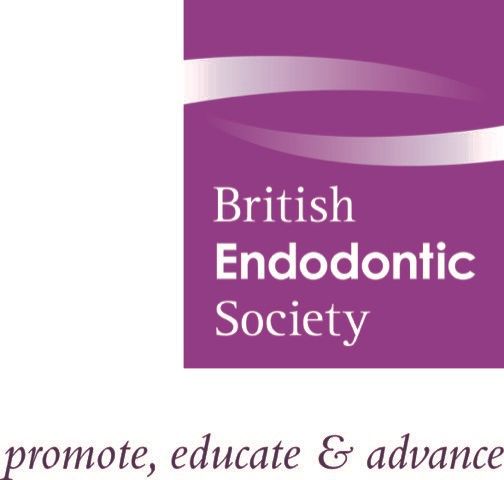
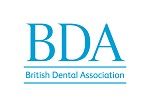


.png)
